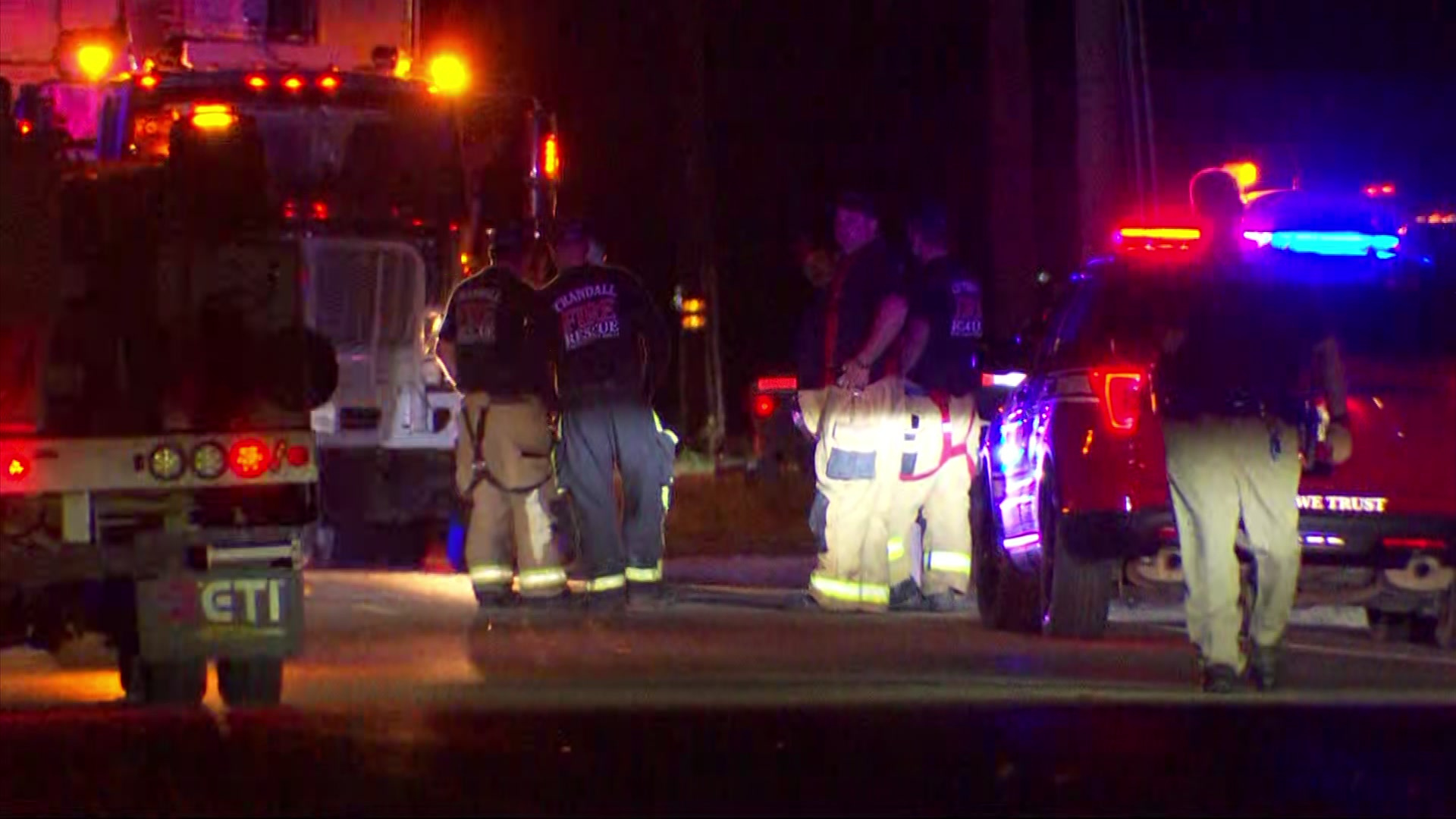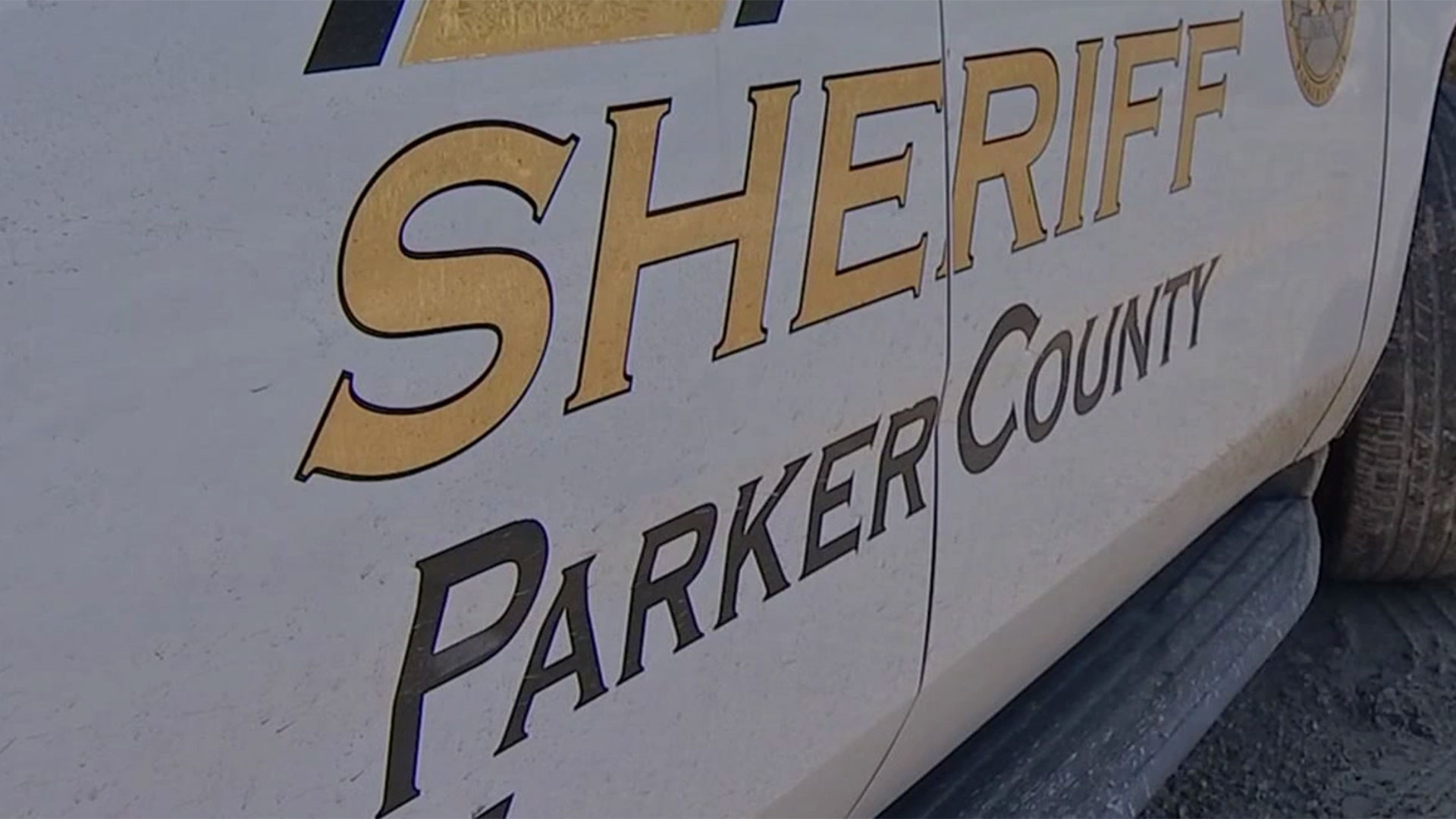Parkland Health officials said both pilots are still recovering after a gas balloon crashed into a power line and caught fire in Crandall Monday night.
Gordon Bennett Gas Balloon Race officials confirmed with NBC 5 that Pjotr Halas and Krzystotf Zapart, from Swidnica, Poland, were the crash victims and part of Poland Team 1.
Tuesday morning, hospital officials said Halas was in serious condition and Zapart was in fair condition.
Race officials posted an update on Tuesday morning, saying Zapart, the lead pilot, suffered cuts and burns on his legs and arms. They said Halas had burns and broken bones to his legs and mid-section.
Get top local stories in DFW delivered to you every morning. Sign up for NBC DFW's News Headlines newsletter.
The crash happened at about 7:25 p.m. in the 4300 block of Farm-to-Market Road 741 in Crandall, about 30 minutes east of Downtown Dallas.
"We were kind of just in shock; like, we couldn't speak," said Jacob Dixon, who watched the accident unfold as he waited in the drive-through line at a nearby McDonald's.
"It was real orange and then the fire kind of went away and then all you could kind of see was the whole balloon turn white," Dixon recalled. "White and then all of a sudden it went boom and it flashed orange again and then the balloon went down. It was black smoke pretty much... going kind of everywhere."
Tom Garrity, spokesperson for the race, said the command center in Albuquerque, New Mexico, has real-time GPS tracking for all balloons.
He said the launch sequence for all balloons started at 8:30 p.m. Saturday night and Poland Team 1 was the first of 17 balloons to launch.
Garrity said the crew had to get to about 12,000 feet high to clear DFW Airport, and the crash site was not out of what would have been a normal path.
"It was part of the very natural flight process for that balloon to, you know, as soon as it cleared the airspace to start a gradual descent, which it did," Garrity said.
Garrity also said it's typical for many to land heading into sunrise or sunset when the gas cools and condenses and the balloon is easier to land.
"It's very customary for us to see that a balloon has stopped moving, and then we would get a call in the command center from that crew acknowledging that they have landed," Garrity explained.
But he said Poland Team 1 didn't call Monday evening.
"All of a sudden, the tracker stopped at 7:25 [p.m.] Dallas time, and we realized that it had stopped near Crandall. And so, when we didn't hear from the from the pilots, we started monitoring different public safety channels to see if there's if something had indeed happened," Garrity said.
Garrity said both pilots are very experienced in gas balloons, with Zapart coming in second place for another race the group holds.
"He's a very strong competitor very knowledgeable pilot," Garrity said.
He said transmission lines always raise heightened awareness for balloon pilots.
"That's why you have multiple people on board is just to keep an extra set of eyes out there. Because, you know, while we might be able to see them real well from the ground, you know, oftentimes that view is obscured when you're actually in the air and flying a balloon," Garrity said.
He said they don't know what happened that led to Poland Team 1's crash. The organizers' statement said there was good weather and good visibility in Crandall at the time of the accident.
"The race organizers will also be asking those same types of questions to really kind of discover what happened, and how we can, you know, provide insights and or the entity provide trainings to prevent something like this from happening again," Garrity said.
He said race organizers have a crew on the ground in Dallas-Fort Worth who are in touch with the pilots and medical teams.
Dixon said he and others feared the pilots had died in the crash.
"I was like, 'There's no way that he survived catching on fire, lightning, catching on fire again and possibly... dropping to their deaths. So, hearing that they're still alive it's actually it's quite amazing," he said.
Dixon said he is grateful to hear that they're alive.
"Whoever it is, you know, I hope that they can recover quick and that you know, they're very grateful for the second chance of life that they get," he said.
The racers' goal in the Gordon Bennett Gas Balloon Race is to simply fly the furthest nonstop from the launch site. The international competition was created in 1906 and has launched from locations around the globe. The winning team brings the next race to their country. The balloons can be tracked live here.



